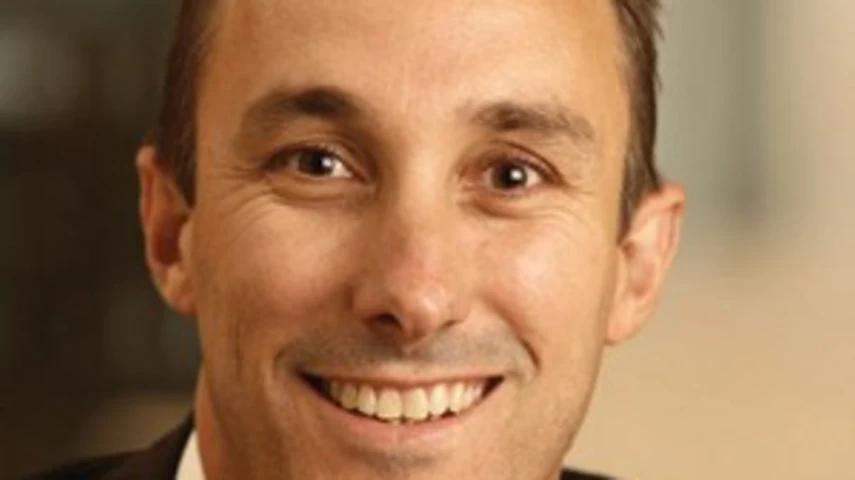Insuring stay at home workers



New research released this week by life insurer TAL has valued the work of stay at home parents at over $22 billion a year, but it has warned this figure highlights the fact many of these people have no financial protection.
The study said the $22 billion figure was based on hours worked and using the minimum wage of $16.37 per hour.
Commenting on the study, TAL Life chief executive Brett Clark said it demonstrated how much stay at home parents did for their families but also allowed the company to put a dollar value on the domestic economy.
"We also know that women account for most of the stay at home workforce and either do not have financial protection from life insurance or have very little," he said. "We need to redress this problem."
Clark said most people did not realise that a stay at home parent could be insured, giving them financial support in the unfortunate event that that parent was not able to do all the domestic work they usually do on a daily basis.
The research found the average working week for a stay at home parent was 43.1 hours, which is actually 11 per cent longer than the average hours worked by paid full-time employees at 38.8 hours.
It said this would equate to an annual salary of $36,688 based on the minimum wage, which would need to be covered if the stay at home parent was unable to do their usual domestic duties.
Recommended for you
The Financial Advice Association Australia has appealed to licensees to urgently update their FAR records as hundreds of advisers are set to depart by the end of the year.
Demand for robo-advice tools is rising, a report has shown, but this is occurring simultaneously with rising demand for professional face-to-face advice.
ASIC has released the results of the latest financial adviser exam, held in November 2025.
Winners have been announced for this year's ifa Excellence Awards, hosted by Money Management's sister brand ifa.











